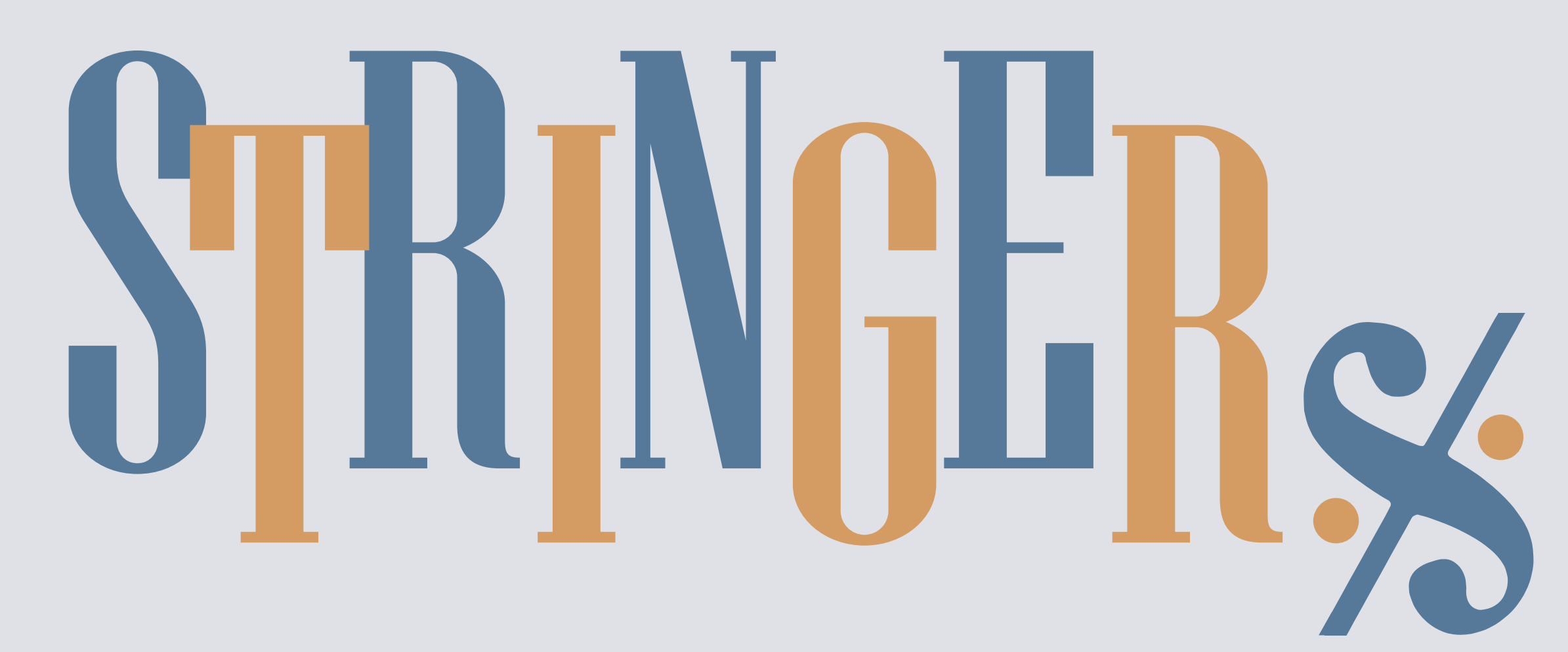STRINGERS
– An ETC Project website
Production
In the first week, we met with our instructor, Mo as well as our team members, and decided on the team name.”Stringers”
Team meeting notes:
- Understand why the client wants the design, not just what they want. This helps create purpose-driven solutions.
- Prepare for the Client Meeting, Clarify goals, expectations, and priorities to align on the design vision, have a question list.
- Deeping knowing the design content, if necessary find a Ukulele expert to interview.
- Explore how musical instruments can be integrated into games—either as tools for teaching or as game elements.
- Kick-off Task
- Research music games for inspiration.
- Study teaching methods for ukuleles, pedagogies
- Storyboards to map out possible user experience.
Insights from Client Meeting:
- Research Question: How do humans acquire, adapt, and retain motor skills?
- Outcome: Develop a web-based Ukulele Training Tool that:
- Creates learning scenarios involving hand-object interaction (ukulele).
- Scales data collection using webcams (crowdsourcing).
- Functions as an open-source, research-friendly platform that is simple yet playable.
- “Playable as a simple open-source computer web-app, amenable for research”
- How can I experience it easily? No need for complex setups
- Pivot:
- Simplicity Over Flashiness: Clear and easy-to-follow design is more important than visual complexity.
- Interactive but Not Overwhelming: Avoid overly abstract interactions to maintain research clarity.
- Approaches:
- Direct Mapping
- Track user’s hands and the ukulele in real time.
- Give instructions by directly showing where to press, no more abstraction or deciphering.
- Why Ukulele?
- Compact and fits within the frame of a webcam.
- Simple enough to teach foundational motor skills effectively.
- Existing Reference: Roli – Direct mapping for piano.
5. Data Type for Research
- Hand Tracking: x, y positions of both hands for accurate feedback.
- Performance Metrics: Reaction time, execution accuracy, and proficiency
6. Concerns and Open Questions
- Is it enough to recognize hand shapes, Can the tool track exact pressing accuracy?
- Hand Tracking Visibility can be flexible: Should users see their tracked hands during training?
- Enabling Learning Customization: Should users choose what to learn, or should groups follow a structured learning path?
- How can the app ensure ease of use and minimize setup complexity for users?
Based on the discussion: we will be coming up with several pitches based on following learning process:
- Chord Learning: Teach hand positions for individual chords.
- Strumming Pattern: Accurate strumming or plucking.
Song Integration: Piece chords and strumming into full songs.
